Read next
The latest news, updates and expert views for ambitious, high-achieving and purpose-driven homeowners and property entrepreneurs.

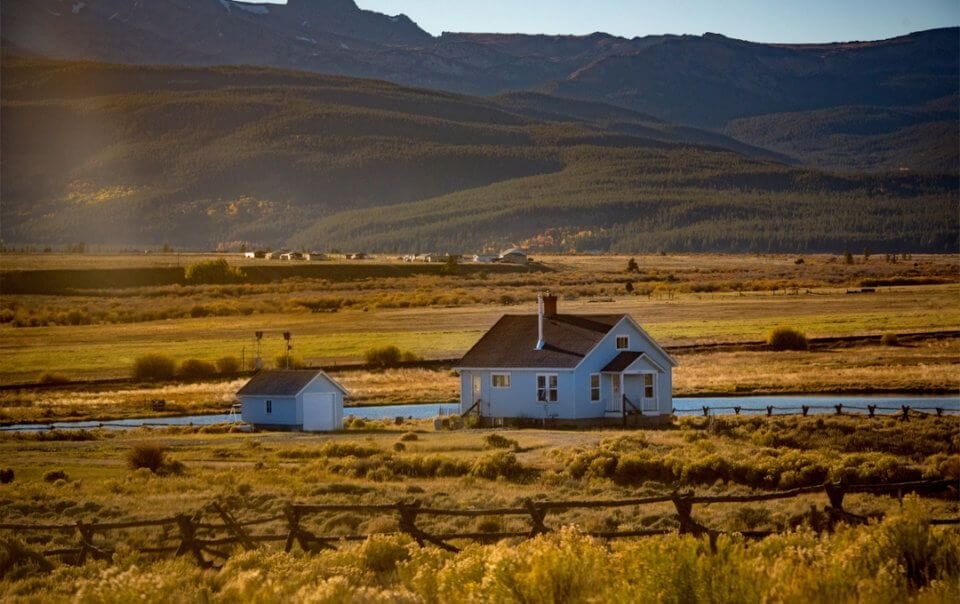
Whether you’re hoping to find agricultural land, bulk up your existing farm site, build rural worker housing or repurpose your existing agricultural buildings, you’re in the right place.
In today’s article, we’re going to explore the intricate process of gaining planning permission to build on agricultural land.
We'll also highlight the recent changes to permitted development rights, which now offer farmers significantly more flexibility in land use without needing planning permission.
Let’s get started.
Agricultural land is land that has been designated solely for the purpose of farming activities and agricultural production. These activities encompass a wide range of uses, including:
The key takeaway is: Agricultural land is vital for ensuring the UK's food security, bolstering rural economies, and safeguarding the environmental and cultural heritage of the countryside. It supports local food production, reduces dependency on imports, and helps maintain biodiversity and traditional landscapes that define rural Britain.

On 21 May 2024, significant changes to permitted development rights (PDR) for agricultural buildings in England were introduced.
These changes are intended to provide greater flexibility for rural development, support agricultural diversification, and increase rural housing supply.
Keep reading and discover how these changes can benefit your agricultural projects and land use plans.
Whether you’re looking to convert barns into residential homes, create new commercial spaces, or diversify your farming operations, the new permitted development rights (PDR) for agricultural building open up a world of possibilities. These include:
Let's examine these updated permitted development rights and uncover the specifics of each.
Farmers can now take advantage of updated Class Q regulations to convert unused agricultural buildings into up to 10 residential homes, doubling the previous limit of five. The maximum total floor space for these conversions has been increased from 865 sqm to 1,000 sqm, with each new dwelling limited to a maximum of 150 sqm.
While these changes offer exciting opportunities, it’s important to remember that prior approval from local planning authorities remains necessary. This prior approval process ensures compliance with national space standards and guarantees that the new homes provide adequate natural light.
Importantly, these conversions are still not allowed in protected landscapes, such as National Parks and Areas of Outstanding Natural Beauty (AONBs), preserving the integrity of these treasured environments.
This is a golden opportunity to transform underused barns into charming rural homes, increasing their value and providing much-needed housing in the countryside.
The permissible floor space for converting agricultural buildings to flexible commercial uses has now been doubled from 500 sqm to 1,000 sqm.
Additionally, the scope of allowable uses has been broadened significantly. Farmers can now convert these buildings for a variety of uses, including general industrial purposes (with specific limitations), storage or distribution, hotels, commercial, business or service uses, outdoor sports facilities, and agricultural training centres.
These changes provide a wide array of opportunities for rural business diversification, enabling farmers to repurpose underutilised buildings for economic benefit.
For farms larger than five hectares, the permissible size for new buildings or extensions has increased from 1,000 sqm to 1,500 sqm.
Meanwhile, for farms between one and five hectares, the limit has been raised from 1,000 sqm to 1,250 sqm. Additionally, the cubic content limit for extensions has been increased from 20% to 25% above the original building’s cubic content.
The UK government has issued guidance to local councils, emphasising the need for careful consideration when approving planning permissions for solar farms on high-quality agricultural land. This directive aims to balance the urgent need for renewable energy with the necessity of maintaining food security and protecting valuable agricultural resources.
The Energy Security Secretary highlighted the importance of protecting 'Best and Most Versatile' (BMV) land, which is essential for food production. The guidance encourages the development of solar projects on brownfield, contaminated, industrial, and lower-quality agricultural land instead of high-grade farmland. This approach aims to avoid compromising the UK's food security while still advancing the country’s renewable energy goals.
Additionally, the government has stressed the importance of considering the cumulative impact of multiple solar farm applications on local communities. Planning authorities are advised to evaluate the overall effect on villages and rural areas where several solar projects might be proposed simultaneously.
Proposals are currently under consideration to allow farmers to install single, small-scale wind turbines without the need for planning permission. This initiative aims to simplify the process and promote the use of renewable energy on farms.
The consultation includes discussions about extending these permissions to turbines up to 30 metres in height. However, as of May 2024, these proposals have not yet been finalised.
The Government's objective is to reduce bureaucratic obstacles, thereby facilitating the adoption of renewable energy solutions in the agricultural sector. This move is intended to support farmers in becoming more energy self-sufficient, helping contribute to the UK's renewable energy targets. If implemented, these changes will provide greater flexibility for farmers and encourage the integration of sustainable energy practices in rural areas.
The new regulations restrict the construction of new buildings and extensions on sites with designated scheduled monuments. This measure aims to protect and preserve these nationally significant heritage sites for future generations.
Scheduled monuments are selected based on their national importance and are protected under the Ancient Monuments and Archaeological Areas Act 1979. The regulations ensure that these sites, which include a wide range of archaeological and historic places, remain largely unchanged to maintain their historical integrity and significance.
These restrictions help safeguard the cultural and historical value of these sites, preventing any developments that could alter or damage their unique characteristics. It is crucial for anyone planning work that might affect a scheduled monument to obtain Scheduled Monument Consent, ensuring that any changes are carefully managed and do not compromise the site's value.
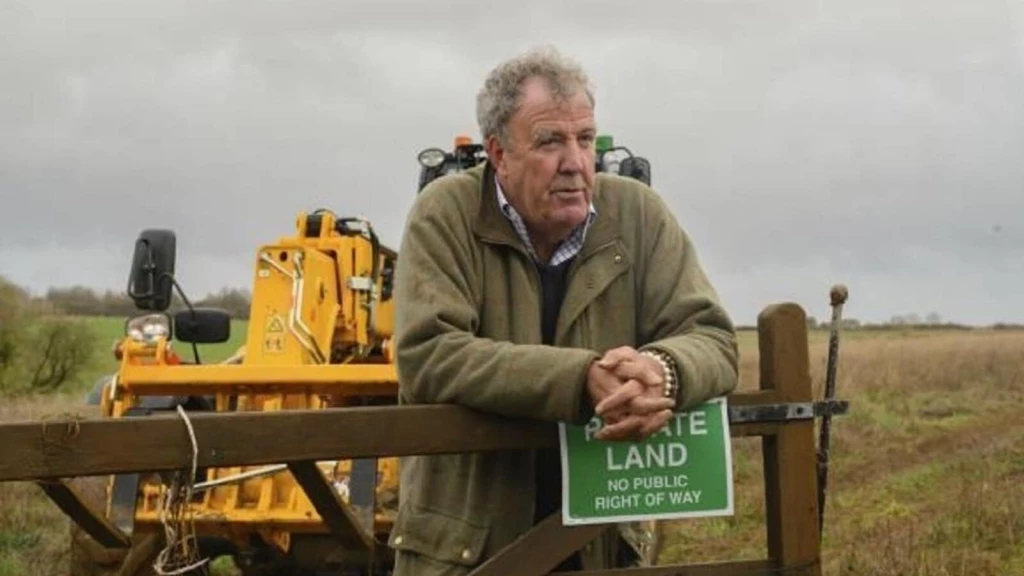
If you’re tapped into the zeitgeist, you might be wondering if these changes (particularly those to Class R) have been at all influenced by Jeremy Clarkson’s hugely popular show, ‘Clarkson’s Farm’, which is having something of a moment right now.
For those unaware, the documentary series follows Clarkson as he tries to sustain a 1000 acre farm in West Oxfordshire which, as the show reveals, is certainly no easy task.
In terms of how this relates to planning policy, in the last season of Clarkson’s Farm, Jeremy Clarkson tried to generate an income by converting a barn on his land into a restaurant. Though Clarkson originally attempted to gain planning permission for the restaurant, the council ultimately dismissed his application on the grounds that it would spoil the protected rural landscape.
Of course, that didn’t stop Clarkson.
Despite this refusal, Clarkson and his crew proceeded to build a restaurant claiming there was a legal loophole that meant he could open the restaurant in a lambing shed that “met different criteria” and, therefore, wouldn’t need planning permission.
While the restaurant enjoyed much success for a few months, after receiving many complaints from locals, West Oxfordshire District Council eventually issued an enforcement notice, ordering that the restaurant be shut down. Clarkson then appealed this decision, but was again rejected and the restaurant forced to close.
The debacle exposed a few contradictions within the planning system, and demonstrated the ways in which the planning system can be, at times, unnecessarily difficult to deal with.
Now, changes to existing permitted development rights have been introduced, providing farmers greater flexibility as to how they use their land - hence the legislation being labelled ‘Clarkson’s Clause’ or ‘Clarkson’s Law’ by some.
While those in power would no doubt dispute that a television show could have an effect on planning policy, many believe Clarkson’s show went at least some way to seeing these rules be loosened.
Ultimately, these changes aim to facilitate easier conversion and use of agricultural buildings for various purposes without the need of planning permission, supporting the growth of the agricultural sector.
Despite these broader changes, developers are still required to apply for a certificate of lawfulness or obtain prior approval from local planning authorities for specific types of building work. This includes (but is not limited to) converting agricultural buildings to residential or commercial use and extending or altering the existing agricultural buildings.
A certificate of lawfulness provides formal verification that a specific use or development is legally compliant with planning regulations and prior approval is a required process for certain types of development to ensure they conform to established planning standards and criteria.
Now that’s the key changes covered, let’s take at everything else you need to consider when it comes to building on agricultural land in the UK.
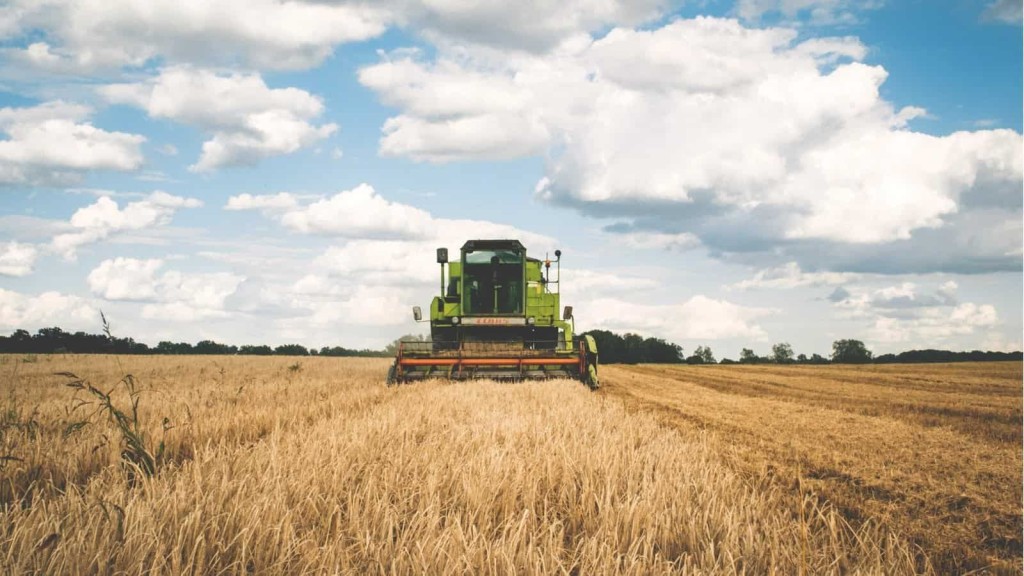
If your proposal does not meet the criteria for permitted development rights (PDR) for agricultural buildings as outlined above, you will need to apply for planning permission. The most common types of projects that require planning permission on agricultural land include:
Let's take an in-depth look at the most common types of developments proposed by landowners and developers on agricultural lands.
Under the National Planning Policy Framework, one of the stated exceptions to Green Belt policy is building for agriculture and forestry. In Green Belt settings, this provides one clear route forward for planning proposals that are genuinely intended to serve an agricultural purpose.
We should note that the definition of previously developed land – another Green Belt policy exception – excludes land that was last occupied by agricultural or forestry buildings. So, if you’re pursuing agricultural development in the Green Belt, it genuinely has to be for the purposes of agriculture: old agricultural buildings don’t provide a strong route forward for, say, new housing development.
It’s also important to stress that meeting a policy exception is just the first step in crafting a planning argument – by no means does it mean that approval is guaranteed. A number of other considerations, such as access, biodiversity/ecology impacts, bulk and materials, and visual impacts on the openness of the Green Belt (if you’re in the Green Belt) will still have to be addressed in the proposal.
Additionally, your local authority may have metrics in place for understanding what constitutes a valid agricultural purpose. In South Bucks District Council, for instance, an existing agricultural need must be established for further agricultural development on site to be considered. They make it simple: “Agricultural buildings need to be reasonably required for the purposes of agriculture.”
This isn’t something that should be difficult to prove if you are, in fact, a farmer on an active farm site. But if you’re a developer or first-time land buyer trying to understand whether you could take advantage of an auction house’s flashy listing, it’s important to have a realistic sense of what can and what can’t be done.
The National Planning Policy Framework both protects agricultural land and acknowledges its economic function. NPPF Paragraph 180 states that planning policies and decisions should contribute to and enhance the natural and local environment by recognising the wider benefits from natural capital and ecosystem services, including the economic and other benefits of the “best and most versatile agricultural land.”
This is defined as land in grades 1, 2 and 3a of the Agricultural Land Classification, a metric used by Natural England and the Department for Environment and Rural Affairs to promote a standard assessment of land quality in planning decision-making.
While “the development and diversification of agricultural and other land-based rural businesses” is supported in Paragraph 84 of the NPPF, policy also takes land quality into account. Where significant development of agricultural land is demonstrated to be necessary, for instance, areas of poorer quality land should be preferred to those of a higher quality.
Whether in the Green Belt or not, planning policy acknowledges that some agricultural development is necessary in order to support a prosperous rural economy. Your proposal just needs to effectively demonstrate that this is what it actually seeks to do.
In rural areas both within and outside the Green Belt, national policy states that planning policies and decisions should be responsive to local circumstances and support housing development that reflects local needs.
One way of accomplishing this is through NPPF Paragraph 84(a), commonly referred to as the rural worker exception. It states that planning policies and decisions should avoid the development of isolated homes in the countryside unless (among other things) there is an essential need for a rural worker, including those taking majority control of a farm business, to live permanently at or near their place of work in the countryside.
Again, demonstrating this is not necessarily something that should be difficult if you’re truly operating a farm site that requires constant attention – for instance, if livestock need 24/7 care or specific crops are cultivated that need tending throughout the night.
A rural worker could also need to live on-site for security reasons – establishing the safety of both the farm and themselves. It could be the case that long working hours or low availability of nearby housing mean that employees are otherwise bound to lengthy, late-night commutes. These could make it difficult for farmers to retain necessary workers.
If you’re able to craft a compelling argument around the reason why rural worker housing is essential on your site, this can provide a clear route forward for establishing more building footprint. However, it’s again important to note that need isn’t the only factor you’ll have to address: all of the other material planning considerations that underscore any planning application still apply.
Beyond the Paragraph 84(a) exception, another strategy is to apply for planning permission for a temporary dwelling. This will allow you to live in a caravan or mobile home for up to five years while you establish that you do need to live on the land.
You will still need to show that the business is viable and that there is a genuine need for you to be sleeping on-site.
But remember this: you sometimes have five years in your temporary accommodation before you need to think about getting the permanent home building completed. This is the point where you will need to submit the full application for a home and back up your previous claim that you are required on-site to run your agricultural business with the evidence of the past few years.
And if you’re looking to erect, say, an agricultural barn for livestock use now but with the view of potentially converting it into a residence later down the line, remember that this ancillary use often needs significant justification as well.
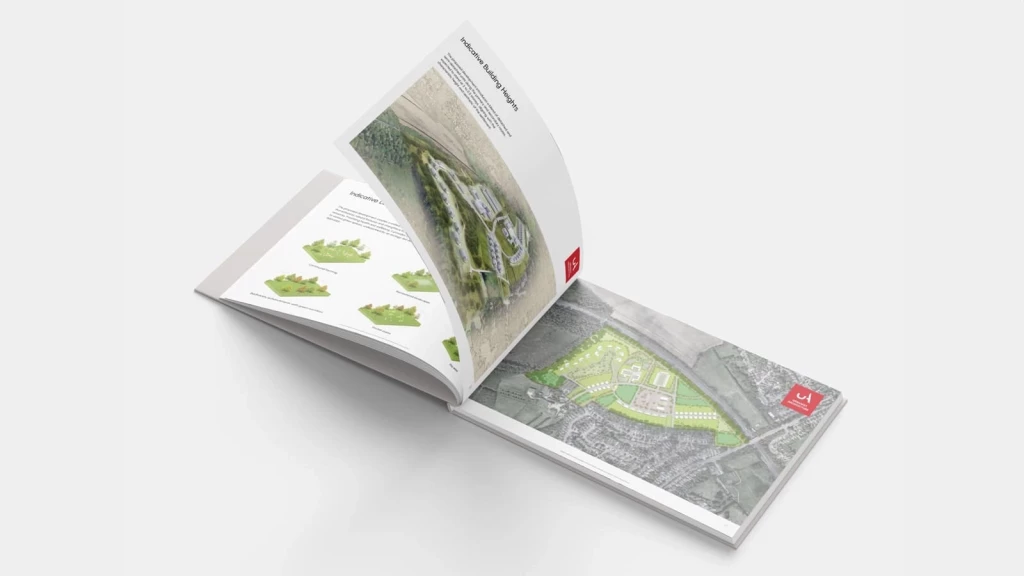
Many unwary investors have been duped by schemes that offer agricultural land with claims of future residential development potential.
We see advertisements like these all the time: they often mention all the things you would need to know if you were actually able to build there – for instance, the distance from local schools – and sometimes they even show access roads that don't exist.
With this in mind, it’s crucial to understand that even when there is very little chance that the land can be converted into a residential development, it can be convincingly marketed as an opportunity. Though unethical, it happens. So if you’re looking at one of these sites, you want to make sure that you’re not about to waste your money.
Although getting planning permission on agricultural land for housing is difficult, successful examples can be found across the country.
A significant case involving the approval of residential development on agricultural land in Wivenhoe, Essex, is the Wyvern Place development by Taylor Wimpey. This project received planning approval from Colchester City Council in December 2023 and will consist of 115 homes, including a mix of one to four-bedroom properties, with 35 designated as affordable housing.
The approval process prioritised the provision of affordable housing, public green spaces, sports fields, and enhanced footpath and cycle links, which adhere to the detailed requirements of the Wivenhoe Neighbourhood Plan. The project's alignment with local policies and the inclusion of community and environmental benefits likely facilitated its approval without needing to invoke ‘very special circumstances’.
There are still some areas where you can buy agricultural land with the hope that it will turn into a development opportunity and provide a return on your investment.
But beware: this is not an effortless way to get rich.
The process is fraught with risk and you can lose a lot of money. Be sceptical about any schemes that promise the moon. You need to do your due diligence to ensure that you have a genuine opportunity.
Most successful developers are actively seeking sites that can benefit from the new permitted development rights (PDR) for agricultural buildings. They are also on the lookout for locations where they can make a compelling case for "very special circumstances" to justify development. Additionally, developers target sites included within a settlement’s development boundary or those that have potential to be allocated for future housing through the 'call for sites' process.

By now, you will have realised that navigating the new permitted development rights (PDR) for agricultural buildings or securing planning permission on agricultural land can be a daunting and complex process. Many applicants find themselves overwhelmed by the intricacies of regulations and face significant hurdles in getting their plans approved.
At Urbanist Architecture, we understand the importance of a well-prepared and strategically sound application. As a firm with experience in achieving a high return on investment (ROI) on our clients' projects, we can guide you through the planning process, ensuring your time and resources are well invested.
By leveraging our expertise, you can avoid the costly pitfall of an immediate rejection from the planning authority.If you would like us to help you with your project using agricultural land, please don’t hesitate to get in touch.

Nicole I. Guler BA(Hons), MSc, MRTPI is a chartered town planner and director who leads our planning team. She specialises in complex projects — from listed buildings to urban sites and Green Belt plots — and has a strong track record of success at planning appeals.
We look forward to learning how we can help you. Simply fill in the form below and someone on our team will respond to you at the earliest opportunity.
The latest news, updates and expert views for ambitious, high-achieving and purpose-driven homeowners and property entrepreneurs.
The latest news, updates and expert views for ambitious, high-achieving and purpose-driven homeowners and property entrepreneurs.

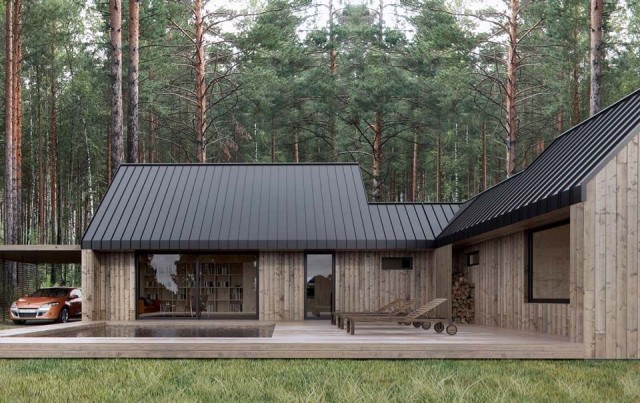





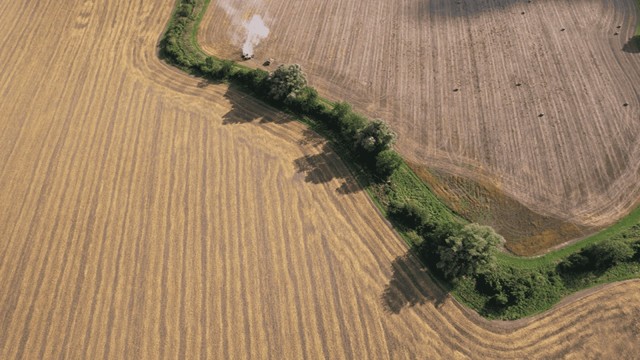


We specialise in crafting creative design and planning strategies to unlock the hidden potential of developments, secure planning permission and deliver imaginative projects on tricky sites
Write us a message